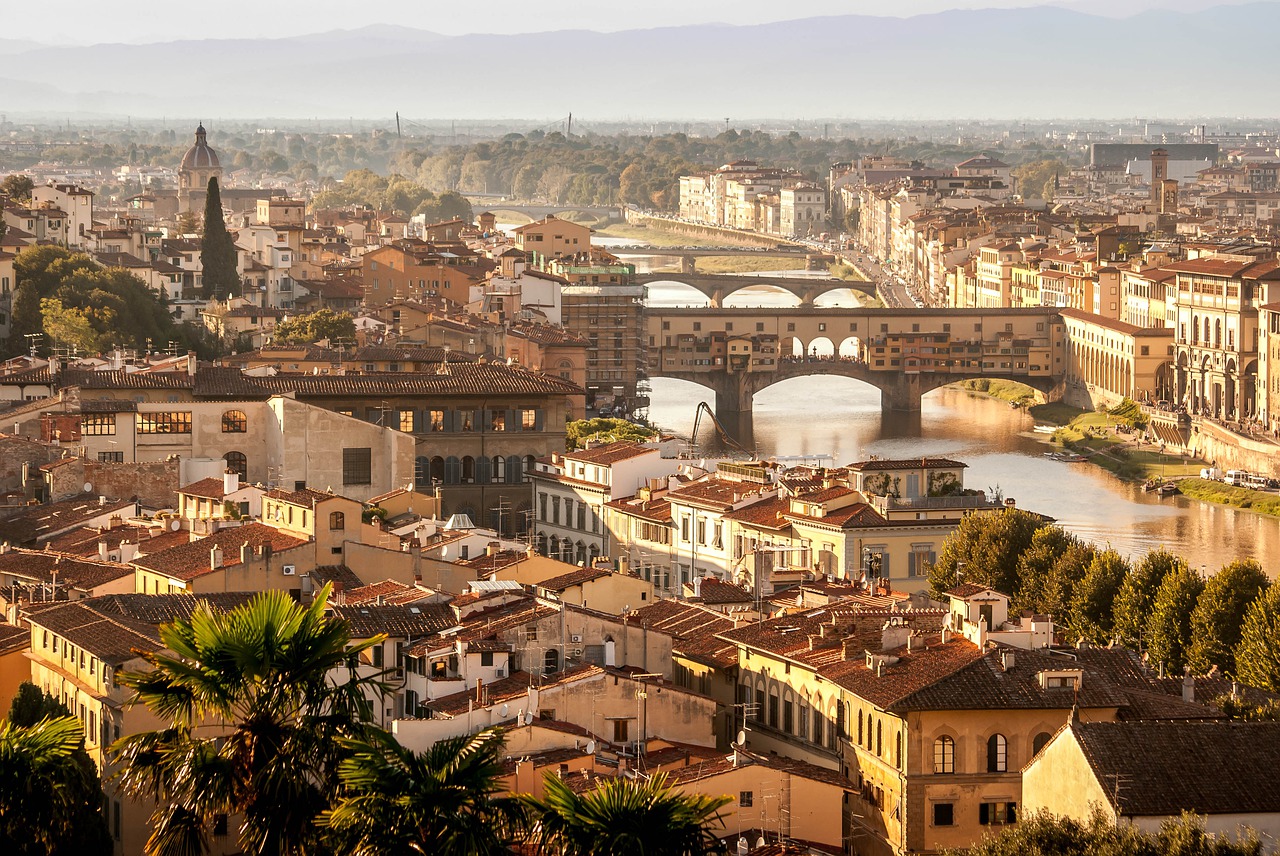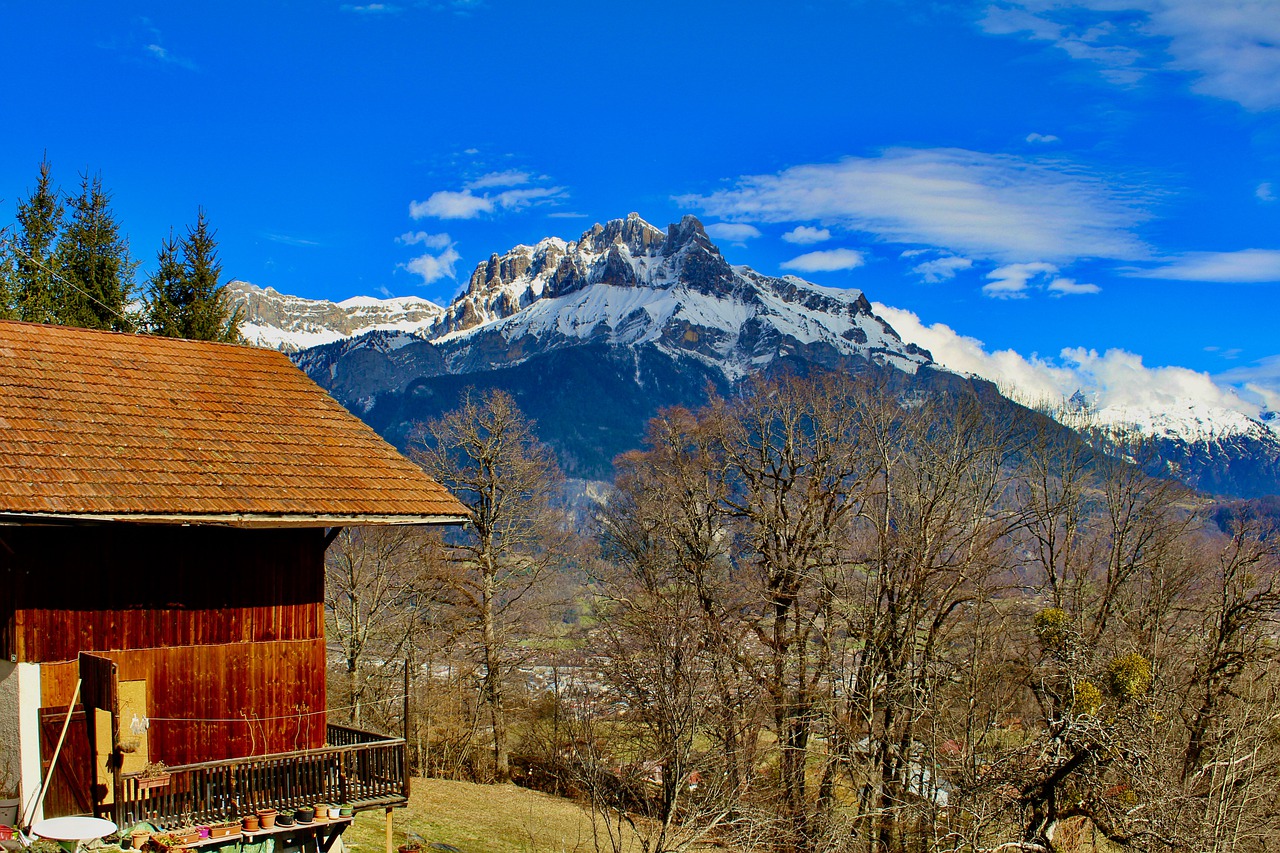35 facts about Italy
Italy is a country with an incredibly rich history and culture. And, of course, the delicious Italian cuisine deserves special attention! But on the Apennine peninsula there is a lot more interesting, and here are just 35 interesting facts about Italy.
1. Rome is over 2000 years old. This city was founded back in 753 BC!

3. The flag of Italy represents hope (green), faith (white) and mercy (red). There is another version: green is Italian landscapes, white is snow-capped mountains, and red is bloodshed that brought independence to Italy.

4. The last eruption of Mount Etna in Sicily occurred in 2021. This is the 50th recorded eruption. Clouds of steam regularly emerge from the Etna crater and are best seen from Catania.
5. The Vatican is the smallest state in the world. It is located inside Rome and covers only 1000 acres. The Vatican became sovereign in 1929, and the Pope is the head of state. The economy of this micro-country is powered by donations.
.jpg)
6. Italy is the fifth most visited country in the world. About 65 million people come to it every year, most of whom go to Rome, Florence and Pisa.
7. Every year tourists throw 1,000,000 euros into the Trevi Fountain! There is a sign that if you throw a coin into this fountain, a person will return to Rome. So tourists send about 3,000 euros a day there. The city authorities send this money to charity
funds.

8. Italy has more World Heritage Sites than any other country in the world. There are 55 of them, and they are scattered throughout the country, stretching from Mount Etna to the Colosseum.
9. The Italian Santorio Santorio in 1612 invented the world's first thermometer, which showed the exact temperature on a scale.
10. Batteries were also invented in Italy. They were created by Alessandro Volt in 1800.
11. The highest mountain in Italy is Mont Blanc, and it is common for Italy and France. In Italian, the mountain is called Monte Bianco. It rises 4,808 meters above sea level, and is the highest peak in both Italy and the Alps themselves.

12. Italians also invented eyeglasses for vision correction. They first appeared in the 13th century and were used mainly by monks.
13. Columbus was Italian. Although he sailed under the Spanish flag, he was born in Genoa in 1451.
14. The famous Italian pizza dish first appeared in Naples around 1860.

15. The world's first bank opened in Italy. This happened in Genoa in 1149.
16. Brown bears in Italy are listed in the Red Book, as currently only a few individuals remain in the wild.
17. In Matera, people live in the same cave houses as their ancestors 9000 years ago. It seems strange, but in the remote area of Basilicata, the old part of the city is carved into the rock, and this vast network of cave dwellings has been inhabited for centuries. Only in the 1950s was there an outflow of population from these places, but after years wealthy residents returned and repaired their old caves. In 1983, the city was included in the UNESCO World Heritage List.

18. In Italy there is a fountain from which pours ... red wine. It is located in the town of Caldari di Ortona, on the Camino di San Tommaso pilgrimage road, and is called the Fountain of Vina.
19. Ancient civilizations existed in Italy before the Romans. The Etruscans, a pre-Roman civilization that emerged around 900 BC, waged wars with Rome in 400 BC. and was subsequently absorbed by the growing city-state. The Etruscans gave their name to a very famous region of Italy - Tuscany.

20. Italy has the oldest university in the world. Founded in 1088, the University of Bologna is about ten years older than Oxford. In this educational institution, the very word "university" even appeared.
21. Many Italian dishes and recipes are associated with tomatoes. From stews to caprese salad, this vegetable is used almost everywhere in Italian cuisine. But for this they need to thank the Spaniards. It was they who brought tomatoes from Peru to the country in the 16th century.
22. Italy boasts the largest number of cheese varieties in the world: there are more than 2,500 varieties, five hundred of which are commercially recognized. The most famous of them are Parmigiano Reggiano, Gorgonzola, Mozzarella and Ricotta.

23. The word "Italy" actually means "land of calves". It sounds strange, but that's exactly how - víteliú - this territory was called by representatives of the pre-Roman civilization - Oscans. The fact is that the bull was an important symbol for many tribes in southern Italy.
24. Italians drink cappuccino only in the morning and never after a hearty lunch or dinner. And it's not about etiquette, but about digestion. Milk after meals impairs food digestion (but cheese doesn't count).
25. Florence - the first European city with cobbled streets. When the Roman Empire fell into decay, they stopped paving so as not to make it easier for the barbarians to move around the country. As a result, paving fell out of fashion for centuries, and only in 1339 was resumed in Florence - for the first time in Renaissance Europe.

26. There are local witches in Sardinia who make medicines. Witchcraft has a long history on this Mediterranean island. So, in the city of Bessuda there is still an active community of witches, which uses enchantments, spells and potions to heal diseases.
27. Arabs brought dry pasta to Italy. Of course, the Italians already knew what pasta was, but somehow they did not know how to dry it. And the Arabs who invaded Sicily at the end of the 7th century needed convenient food to take with them on their travels. So they invented dried pasta, and the Italians gladly adopted their pasta drying techniques and spread this knowledge throughout the Apennine Peninsula.
28. By the way, the Arabs considered pasta to be a dessert. When they brought dried pasta to Italy, they were served with honey and sugar and eaten with their fingers, raising their hands high and throwing their heads back. It wasn't until the 17th century that tomato sauce was used as an addition to pasta in Italy, and it was a sensation!

29. Acciaronli is a village on the southern coast of Italy with the largest number of centenarians. The population of the village is only 2000 people, 300 of whom are over 100 years old, and 20% of them are over 110 years old. Despite the fact that many of them smoke or are overweight, they rarely have heart disease and Alzheimer's disease.
30. Thanks to the Italians, the plug has become popular in Europe. Before that, people used a knife to cut food, and instead of a fork, they took a skewer - a thin wooden stick on which they strung pieces of food from a plate. Forks were considered the devil's tool and were not used until ... the Italians were tired of trying to eat spaghetti with a knife and a wooden stick! It happened around the XIV century. The rest of Europe followed their example, but not immediately, but only in the 18th century.
31. More than ¾ of the territory of Italy is mountains and hills. Alps, Dolomites, Apennines - all these mountain systems are located in the country.

32. Italians love pasta, which is not surprising. In a year, one inhabitant of Italy accounts for about 30 kg of pasta.
33. In Marostika, locals play giant chess. It would seem that this is some kind of crazy fantasy from Harry Potter, but no. Every two years in September, locals gather, dress up in historical costumes, take their positions on a giant chessboard and play out the moves of the legendary 15th-century chess battle between two local aristocrats.
34. Italy has more volcanoes than any other country in Europe. This is because Italy is on the fault line of tectonic plates. Some of the volcanoes are active or have been active in the last hundred years: Vesuvius, Etna, Stromboli.

35. When McDonald's first opened in Rome in 1986, it sparked protests from the local population. For a country that is so proud of its rich cuisine, this is not surprising. In protest, many local catering establishments have embarked on a "culinary purity" course by handing out free plates of spaghetti and other traditional dishes to remind people of the national cuisine.
36. Italian cats have rights. The Romans adore their feline friends so much that they consider them "biocultural heritage." Anyone found guilty of killing a cat or a stray cat faces a € 10,000 fine and up to 3 years in prison.


38. Italians drink 14 billion cups of espresso every year. This is an impressive result for a country of 60 million people.
39. There are mummies in Palermo. So you don't have to go to Egypt to see them. Located in the catacombs of the Capuchins, the Italian mummies are younger - only something from the 17th century.
40. Sonnets first appeared in Italy, although everyone thinks Shakespeare invented them.
